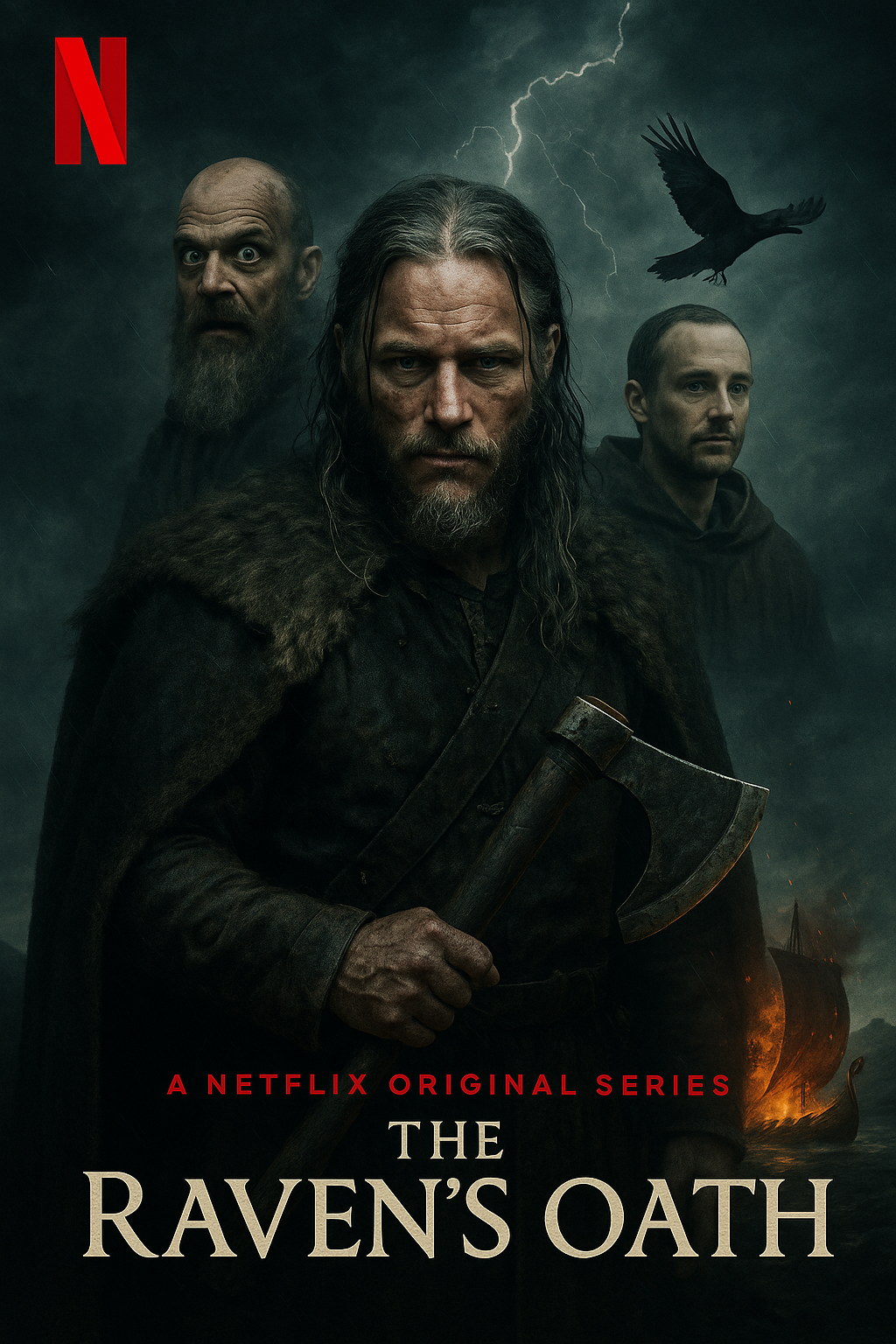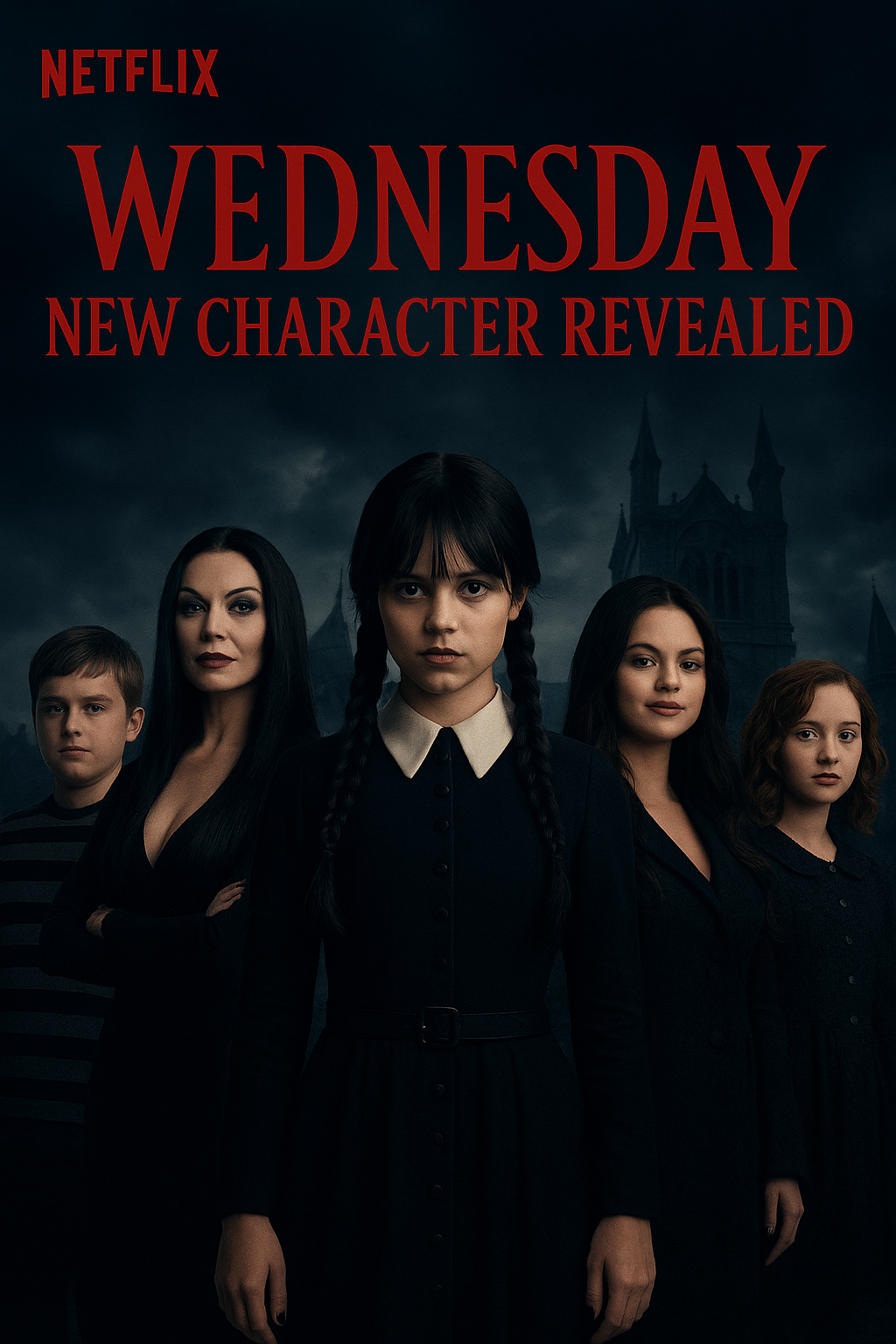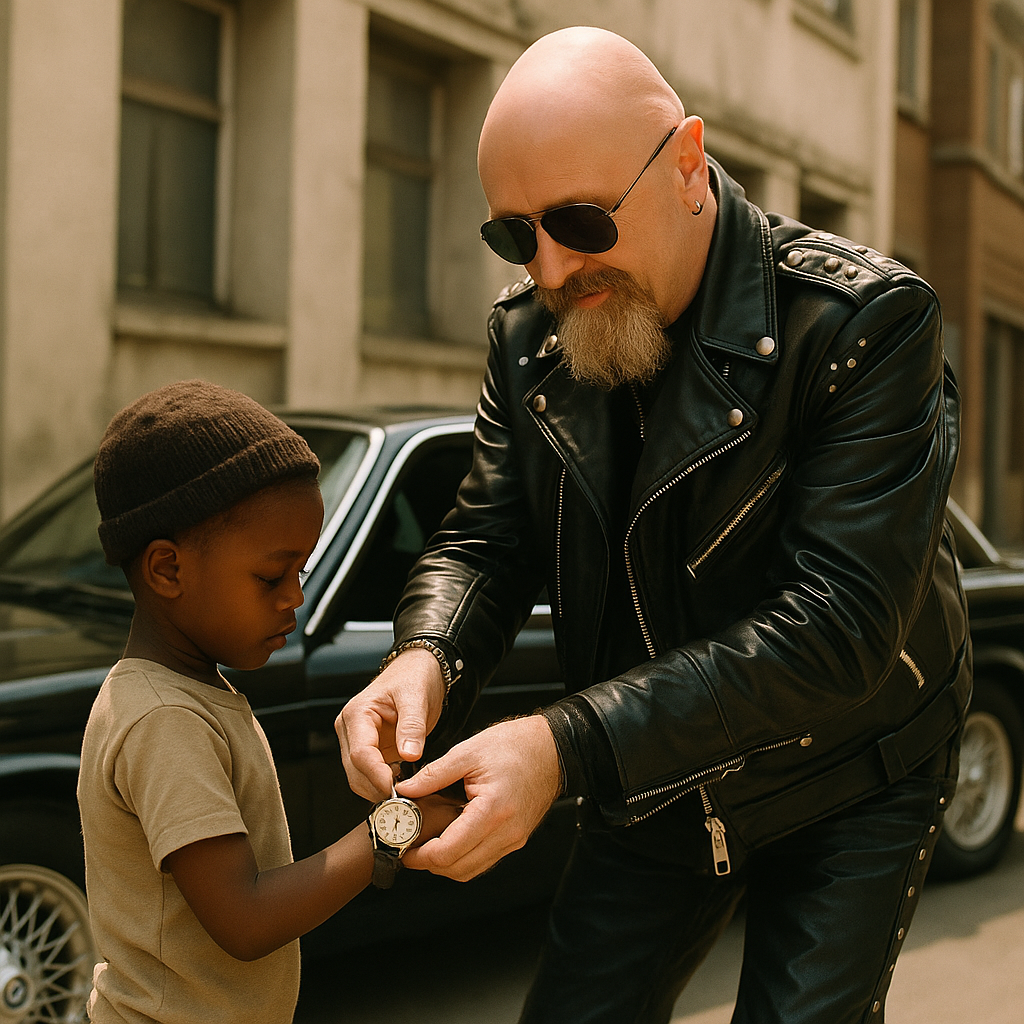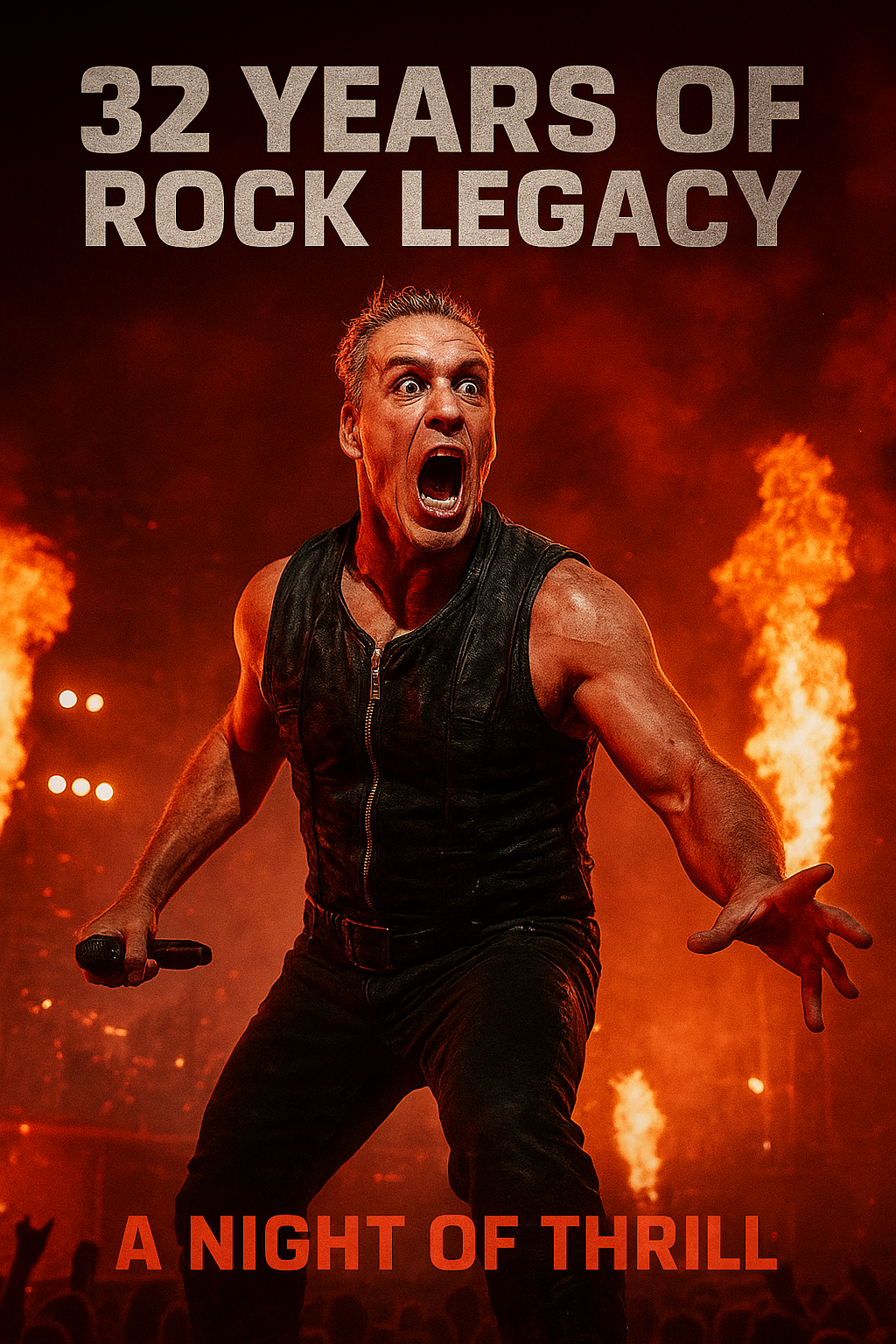The return of Ragnar Lothbrok has sent shockwaves through the entertainment world, as Netflix officially unveils its newest Norse saga, The Raven’s Oath. This highly anticipated drama marks the reawakening of one of television’s most iconic figures, played once again by the magnetic Travis Fimmel. Fans of Vikings have long speculated about Ragnar’s fate, and now, years after his haunting end, he emerges once more—changed, tested, and called upon by powers even greater than kings or empires.
The Raven’s Oath doesn’t just reintroduce a legendary warrior; it reunites him with the very forces that defined his myth. Gustaf Skarsgård returns as the enigmatic Floki, the spiritual and unhinged boat builder whose bond with Ragnar once formed the backbone of the original series. George Blagden reprises his role as Athelstan, whose inner conflict between Christian faith and Norse loyalty created some of the richest emotional tension in Ragnar’s journey. Together, they enter a world darker and more divine than ever before, navigating a landscape ruled not by men—but by gods.
This time, it isn’t kings or rival tribes that threaten Ragnar and his companions. It’s Odin himself. The Allfather, no longer a distant myth, becomes an active force in the story. In The Raven’s Oath, the gods are real, and their wrath is personal. As whispers of defiance echo through the Nine Realms, Odin targets Ragnar as a symbol of mortal rebellion, drawing the once-fallen king into a divine war that reaches far beyond Midgard.
Fimmel’s portrayal of Ragnar is more profound than ever. Time and torment have left scars on the once-defiant warrior, and his return from death—or something eerily similar—comes at a cost. Haunted by visions, burdened by guilt, and bound by a promise he made with his final breath, Ragnar is pulled toward a destiny he no longer believes he controls. This is not a triumphant resurrection—it is a reckoning.
Skarsgård, as Floki, brings a heightened madness and mysticism to his performance. His character has always danced on the edge of genius and insanity, but in The Raven’s Oath, he becomes something of a prophet—a broken man who has seen too much and still sees too far. He guides Ragnar not just through physical terrain, but through spiritual realms, decoding omens, curses, and the divine path set by the Norns.
George Blagden’s return as Athelstan is perhaps the most surprising. Once believed lost forever, Athelstan reappears not as a man of the cloth or a convert, but as a fractured soul caught between afterlives. His resurrection may hold the key to understanding Odin’s vendetta, and his moral compass, once so defined, now wavers in a realm where the divine is cruel and justice is unclear.
The visual scale of The Raven’s Oath is staggering. From the frost-covered halls of Valhalla to shadowy groves of Yggdrasil’s roots, every scene pulses with mythic grandeur. Netflix has clearly spared no expense, with battle sequences choreographed like rituals and dreamscapes rendered with haunting beauty. The show blends Norse mythology with psychological drama, making it feel both ancient and modern—an epic that asks its characters, and its viewers, to question the cost of legacy.
Behind the scenes, series creator Magnus Søderlund crafts a world where prophecy and madness intertwine. His direction keeps the viewer uncertain—are we watching a hero’s resurrection or a descent into delusion? This ambiguity only adds depth, forcing audiences to engage with the story on a personal level. Ragnar’s return isn’t meant to be comforting; it’s meant to challenge.
The emotional core of the show lies in the bond between the three leads. Though once torn apart by betrayal, faith, and death, Ragnar, Floki, and Athelstan are united again—not through choice, but by fate. Their journey through this new saga reveals layers of regret, love, and cosmic punishment that deepen what fans thought they knew. These are not the same men we watched years ago; they are remnants of legends, clinging to purpose in a world that may have forgotten them.
Netflix’s gamble to revive a character as iconic as Ragnar could have faltered—but instead, it soars. The platform has created something rare: a sequel that honors the original while expanding its mythology into uncharted realms. The Raven’s Oath is not just a return—it’s an evolution.
As the fall premiere date approaches, buzz around the series has reached fever pitch. Fan forums light up with speculation about plot twists, divine interventions, and the ultimate fate of Ragnar. Will he rise to become a god, or fall again, this time for eternity? Only time—and Odin’s judgment—will tell.
One thing is certain: the legend of Ragnar Lothbrok was never truly over. With The Raven’s Oath, his saga continues, not as a man of war, but as a symbol of rebellion against the heavens themselves. His return doesn’t just shock—it reshapes the mythos forever.



